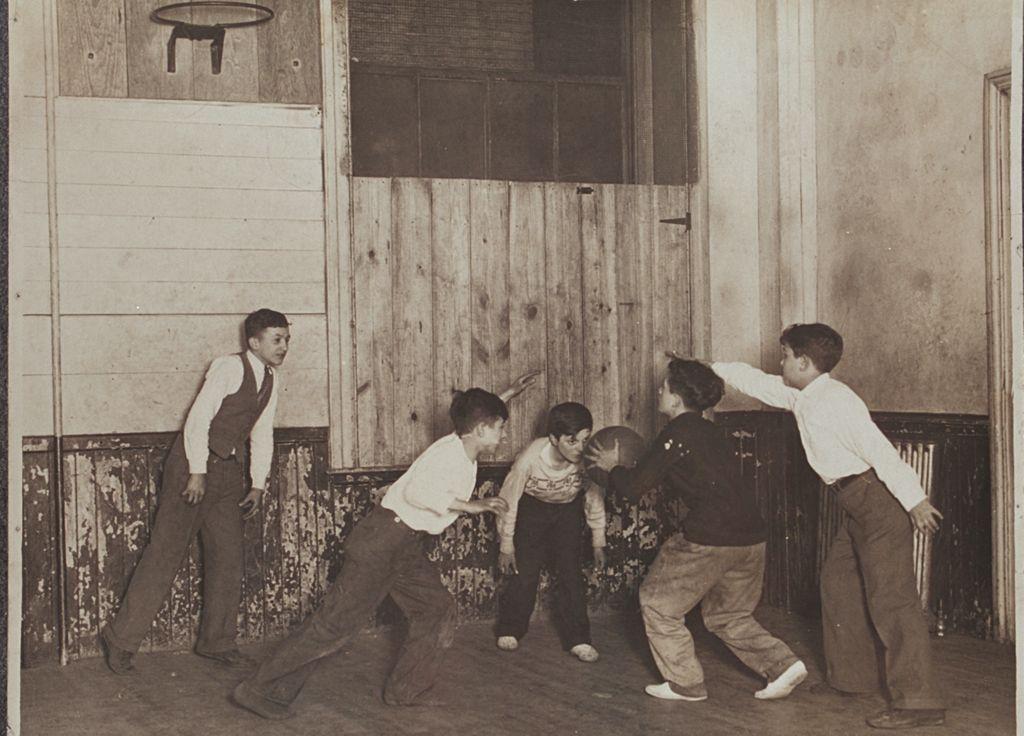Home| Introduction | Literature Review | Data and Analysis | Conclusion | Sources
Young boys have historically been interested in the concept of war. Whether it is war history, playing with toy soldiers, or playing ‘war’, boys are encouraged to explore their fascination, but the opposite can be said for girls. Young girls are prompted to shy away from physicality and violence. For my research, I wanted to find where the separation began and what parts of childhood influenced children’s involvement in war. What I found was a significant connection between physical education, sports, and the military. Young boys, especially during wartime, are regarded as future soldiers, and therefore begin receiving military training in several different settings.
This project analyzes the development of physical education, military training, and organized sports programs in schools. These programs reveal the idealized American boy during the early 20th century which concurrently reveals the prioritizations and values of society. Improved physical fitness benefited the nation and would impact the strength of the US army greatly. To this day, sports encourage competitiveness and aggression in boys, but the same traits are frowned upon in young girls. Understanding the origin of physical education and sports programs can help to deconstruct the gender stereotypes in sports culture and the military.
